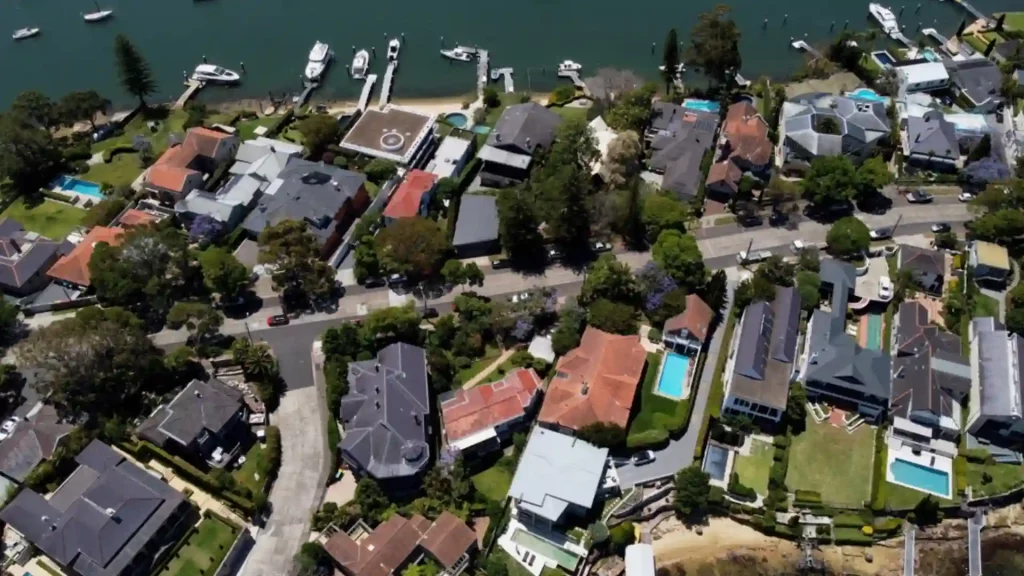Australia’s lowest-paid workers now have cause to cheer as they will receive a large pay rise of 8.6%. The decision, made by the industrial relations arbiter, the Fair Work Commission, comes amid an unprecedented rise in living costs and will come into effect in July. Nearly a quarter of Australian employees will see a rise in wages, even as debate rages about the impact of the decision on inflation and interest rates.
The new national minimum wage will now be $23.23 per hour, or $883 per week (based on a 38-hour work week). A small section of the labour force, around 100,000 people or 0.7% of the labour force, will see a steep pay rise of $8.6%, while a much larger portion of the labour force, 2.8 million people or 20.5% of workers, will see a more subdued raise of 5.75%.
Balancing Cost of Living and Cost of Business
This raise was sorely needed as households across the country grapple with a surge in the prices of essentials, and their standards of living have dropped precipitously. Workers have been skipping meals, avoiding visiting the doctor, and cutting down on consumer spending as prices of everything from food and electricity to fuel and housing have skyrocketed.
However, many economists have forecast that the decision could also push interest rates above 4% to counteract inflation, which, if it comes to pass, would raise costs for businesses by billions of dollars. Walking the tightrope between inflation and interest rates is a tough task for any economic regulator, but one which the Australians are determined to balance.
Australia has one of the higher minimum wage levels among OECD countries, in the same range as the Netherlands and Luxembourg, and far above the United States. While the Australian economy has avoided recession for more than three decades, it has not been immune to pressures on standards of living from consumer price hikes.
The Decision Has Been Cheered by Unions
The decision has been enthusiastically cheered by labour unions, while business chambers have expressed dissatisfaction. While the increase is not as high as the unions had pushed for, it is certainly much larger than what employers had targeted. The Australian reserve bank will review the impact of the wage hike on the economy when it meets to decide interest rates on Tuesday.
Many business groups and employers have argued that the wage hikes will lead to a ‘wage-price spiral’ as higher spending further drives inflation up. However, others have countered that the current surge in consumer prices (a worldwide phenomenon) is a result of several pressures, and blaming it solely on worker wages and consumer spending is an incorrect evaluation.
Australia has not been spared the global inflation surge, caused by a confluence of several factors such as a breakdown in international supply chains, China’s draconian zero-COVID policy (only recently lifted), global energy shortages, the Russian invasion of Ukraine, and after effects of coronavirus quarantine measures. Most significantly, the large COVID relief packages have also played a large role in driving up inflation.
Overall, the Australian economy is in much more robust shape than some other advanced economies in the Western world on the back of high commodity prices in minerals, energy, and food (of which Australia is a major exporter), strong pent-up demand from China, and a recent Greentech deal with the United States. However, higher interest rates might hurt the country’s already minuscule manufacturing sector, something which can be ill-afforded as the country moves to reduce dependence on China.
